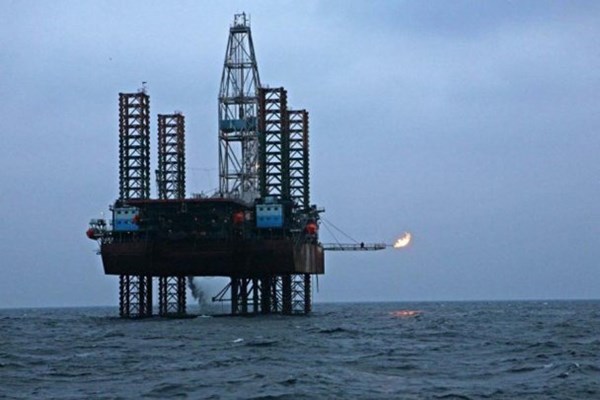Media: Crimea awaits a full 'gas blockade'
Forbes Ukraine reports that, according to a statement made by the representative of the Russian Union of Oil and Gas Producers, Rustam Tankan, to the Russian internet newspaper National News Service on July 22, gas will disappear in the Crimea, and a full “gas blockade” could follow.
Tankan expressed his suspicion that the “gas secretly flows from the peninsula to mainland Ukraine.” Therefore, the entire Ministry of Internal Affairs of the Crimea is searching for the hidden flow routes.
The Crimea is connected to mainland Ukraine by one main pipeline. Five pipes branch out of it in the Mykolaiv and Kherson regions and it enters the peninsula via the gas metering station Chervony Chaban located in Ukrainian territory. The supply of gas through it was blocked in May 2014. PJSC Ukrtransgaz confirmed to Forbes that, since then, “no gas flows, either into the Crimea or out of the Crimea, were noticed,” the newspaper’s journalists noted.
According to the newspaper’s information, the gas supply for the Crimea has always been based on offshore production. In 2014, after the two “Boyko Towers” were commissioned, allowing gas to be extracted from the most promising Odessa deposit, Chernomorneftegaz increased its production to two billion cubic meters of gas per year. But after the militarization of the peninsula, the structure of energy consumption has changed, and the volume of gas produced before the occupation is not sufficient. In addition, the production of offshore gas is decreasing. In 2016 it will amount to barely 1.75 billion cubic meters, just enough for the everyday needs of Crimean residents but not for the colder season when more heating is required.
“In such conditions the leadership of Chernomorneftegaz is able to keep the company afloat only through ‘pirate’ extraction on the Ukrainian shelf. All existing fields near the peninsula have already been depleted and overstretched. Exploration and new drilling will take several years and needs a large amount of funds together with Western exploration technologies. There’s no money in the budget, and the technology is absent due to sanctions,” Forbes writes.
The most promising field where the production could be increased is in Odessa. And, according to all the cartographic data, this field is actually in the economic zone of Ukraine, much closer to the coast of Odessa than to the west coast of the Crimea.
“Periodically, Crimean specialists transport one of the “Boyko Towers” to the field, but they do not risk using it for an extended time because having the navy protect it is more expensive than the resulting economic effect,” the article says.
Without Western technologies, Russia will not be able to maintain production at the complex Black Sea shelf. As a result, the command was given to connect the Dzhankoy-Feodosia-Kerch pipeline to the pipeline in the Krasnodar region of the Crimea. There are 4,000 tons of pipes already prepared on the Russian Black Sea coast, but Russian gas specialists still cannot begin laying pipes through the Kerch Strait.
